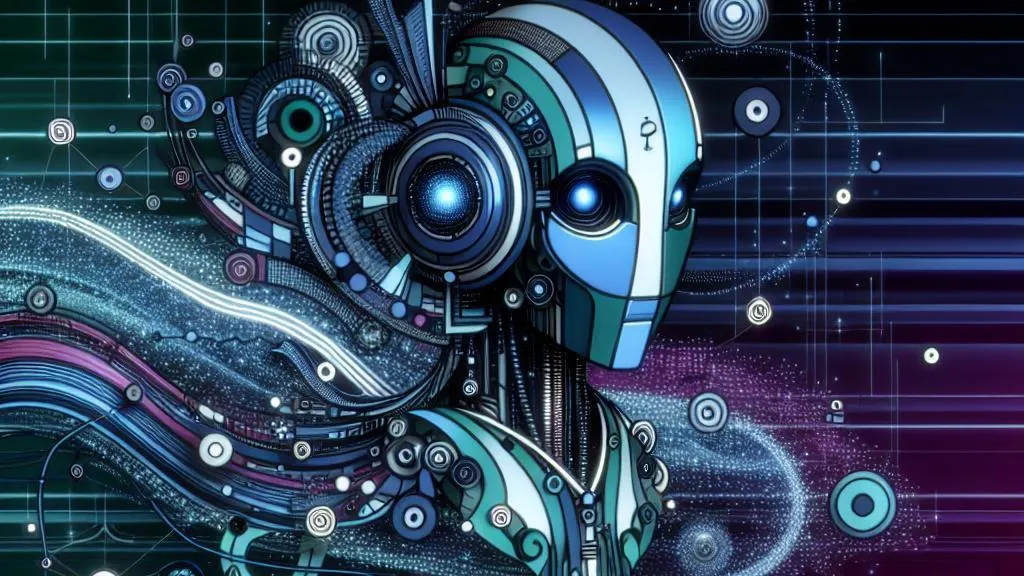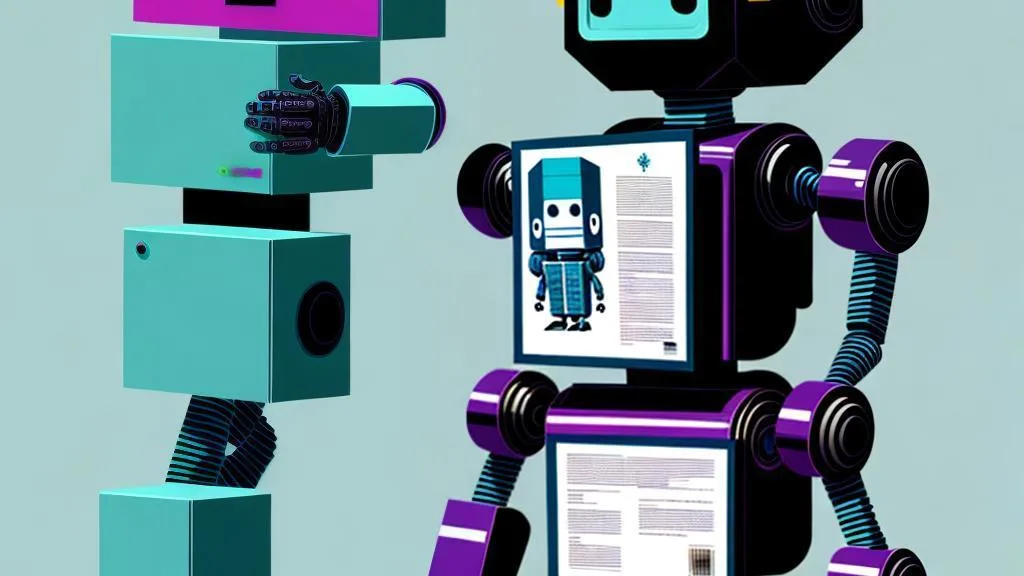How can AI be utilized to optimise Google Ads campaigns for better performance?
In the complex and dynamic world of Internet marketing, keyword selection, ad copywriting, and bidding …

Have you ever interacted with a chatbot and been impressed by its knowledgeable and contextually relevant responses? Chances are that chatbot utilise a powerful technique called RAG, or Retrieval-Augmented Generation.
In this blog post, we'll dive into what RAG is, how it works, and why it's revolutionising the world of chatbots.
As a long-time enthusiast of artificial intelligence and natural language processing, I've always been fascinated by chatbots' potential to transform how we interact with technology. But let's face it—many chatbots are still frustratingly limited, providing generic responses that often miss the mark.
That's where RAG comes in. By augmenting chatbots with the ability to retrieve and incorporate relevant information from external sources, RAG is ushering in a new era of more intelligent, helpful conversational AI.

RAG stands for Retrieval-Augmented Generation, a game-changing technique that allows chatbots to tap into vast information repositories to generate more accurate, contextually relevant responses.
At its core, RAG is all about confidence - specifically, the chatbot's confidence in the accuracy and appropriateness of its respond categorises a chatbot's responses into three levels:
It believes the information provided is accurate, relevant, and appropriately addresses the user's query. By striving for 'green' responses and minimising 'red' ones, RAG helps chatbots deliver a more satisfying, helpful user experience.
It all starts with the user's input—the query or statement that the chatbot needs to respond to. It analyses this input and generates a response using its underlying language model, which has been trained on vast amounts of text data. But here's where RAG comes in—rather than relying on the language model's inherent knowledge, the chatbot also searches external data sources to find information relevant to the user's input.
These sources include databases, knowledge bases, APIs, and the internet. The chatbot then assesses the relevance and reliability of the retrieved information using factors like keyword matching, semantic similarity, and source credibility. If the retrieved information significantly enhances the accuracy and specificity of the chatbot's response, it will incorporate that information and assign a higher RAG level to the reaction. If the retrieved information is irrelevant or contradictory, the chatbot may stick with its original response or assign a lower RAG level.
The benefits of RAG for chatbots are significant and far-reaching. By leveraging external information to augment their responses, chatbots can provide users with more accurate, helpful, and contextually relevant information. This improves the overall user experience, building trust and satisfaction with the chatbot interaction.
RAG can be a powerful tool for enhancing customer service and business support. By providing customers with more reliable, specific responses to their queries, chatbots can help reduce misunderstandings, resolve issues more quickly, and minimize the need for human intervention. This can lead to cost savings, increased efficiency, and, ultimately, happier customers.
RAG also helps chatbots handle a broader range of topics and queries. Rather than being limited to a narrow knowledge domain, chatbots with RAG can draw upon various information sources to address user needs across multiple areas. This makes them more versatile and valuable in different contexts, from customer support to general knowledge queries.

Implementing RAG in a chatbot involves several key steps:
1. Creating external data sources: The first step is to identify and curate relevant external data that the chatbot can draw upon to enhance its responses. This data could come from structured sources like databases or knowledge bases or unstructured sources like documents or web pages.
2. Retrieving relevant information: When a user submits a query, the chatbot needs to search its external data sources for pertinent information. This involves using keyword matching, semantic search, or vector similarity techniques to identify the most relevant information.
3. Augmenting the chatbot's response: Once the relevant external information has been retrieved, it needs to incorporate it into its response naturally and coherently. This may involve summarising the data, extracting key points, or simply inserting it verbatim into the reaction.
4. Assigning a RAG level: Based on the relevance and reliability of the retrieved information and the overall confidence of the response, the chatbot assigns a RAG level to indicate the expected accuracy and appropriateness of its reply.
Various tools and technologies can be used to implement RAG in a chatbot, depending on the system's specific needs and architecture.
Some common approaches include:
RAG is a powerful technique transforming the landscape of chatbots and conversational AI. By enabling chatbots to retrieve and incorporate relevant external information into their responses, RAG is helping to create more knowledgeable, contextually aware, and helpful conversational agents. As chatbots continue to become more prevalent in our daily lives, from customer service to personal assistants to educational tools, the importance of RAG will only continue to grow.
By delivering more accurate, relevant, and trustworthy responses, RAG-enabled chatbots have the potentiarevolutioniseonise how we interact with and rely upon conversational AI.
Of course, implementing RAG in a chatbot is not without its challenges. It requires careful curation of external data sources, sophisticated retrieval and ranking algorithms, and robust natural language processing capabilities.
But the benefits - improved user experience, increased efficiency, and expanded knowledge - are worth the effort. As we look to the future of chatbots and conversational AI, it's clear that RAG will play an increasingly crucial role. By augmenting the power of language models with the vast knowledge of the world around us, RAG is helping to create chatbots that are not just engaging but truly intelligent and indispensable. And that's an exciting prospect for anyone who believes in the transformative potential of artificial intelligence.
Some other posts you may like

How can AI be utilized to optimise Google Ads campaigns for better performance?
In the complex and dynamic world of Internet marketing, keyword selection, ad copywriting, and bidding …
June 29, 2024
Read More
When will AI achieve consciousness?
Hot on the digital heels of our ever-evolving tech landscape, artificial intelligence is turning heads …
June 29, 2024
Read More